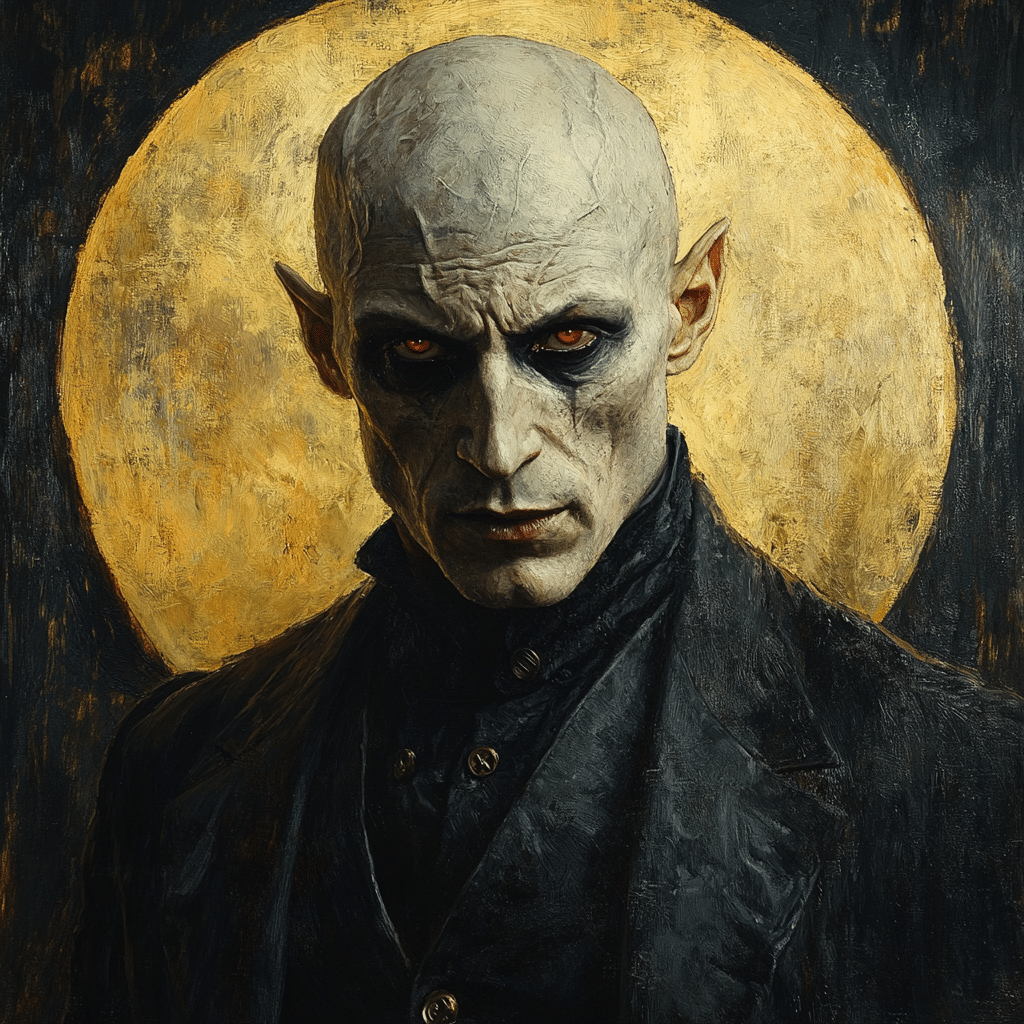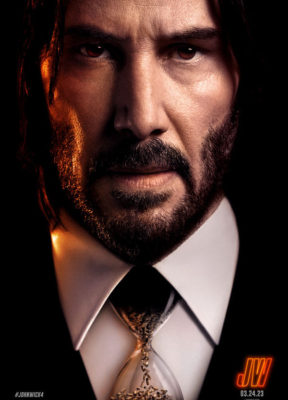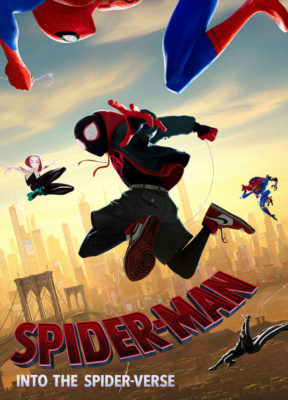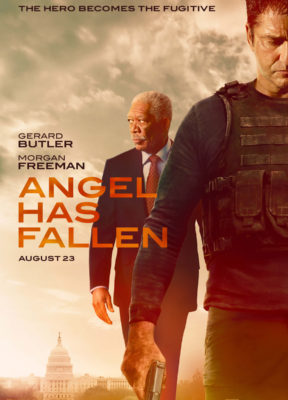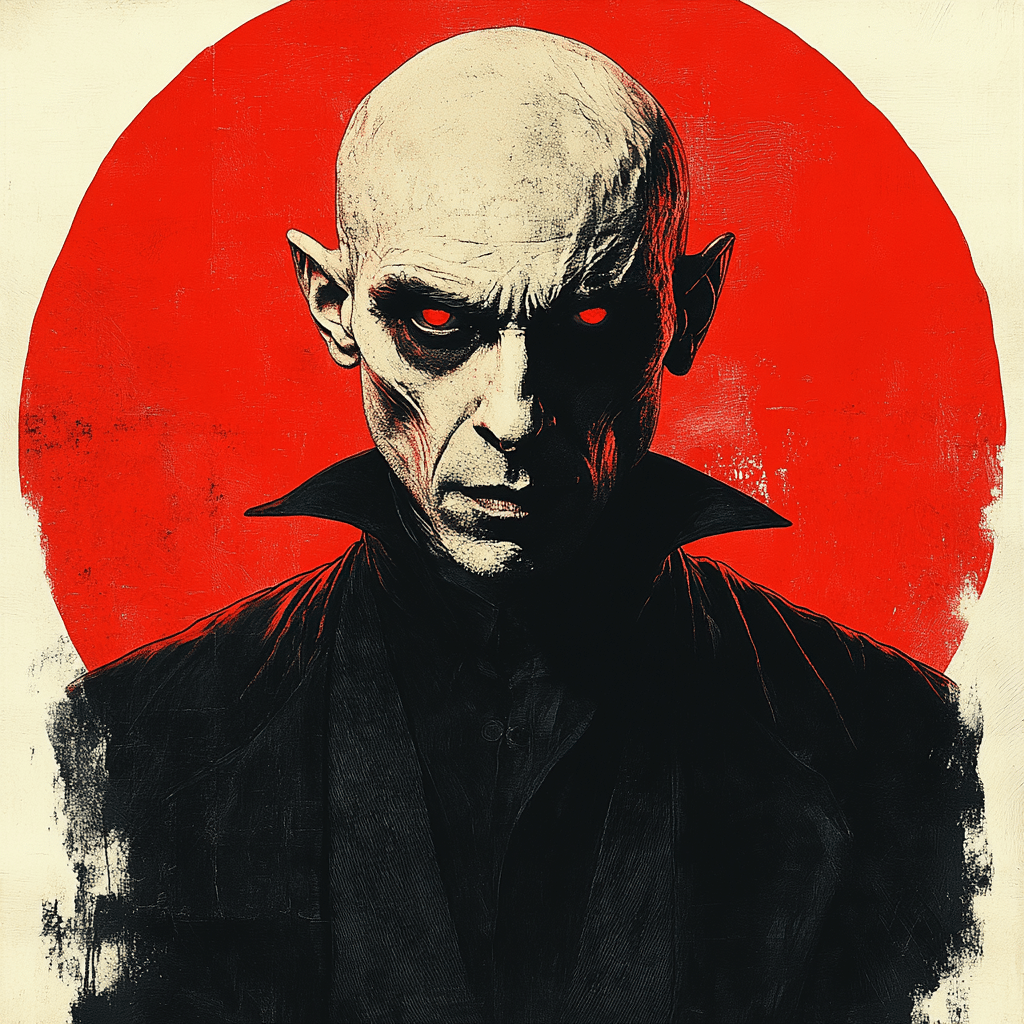
Nosferatu The Vampyre The Iconic Horror Masterpiece
Werner Herzog’s 1979 film Nosferatu the Vampyre stands as a testament to the horror genre’s evolution, capturing the essence of its silent predecessor while breathing fresh air into the tale. This film isn’t just a remake—it’s a rejuvenation of the vampire mythos that resonates powerfully with audiences today. With its intricate themes, visual style, and iconic performances, Nosferatu the Vampyre invites viewers to embark on a journey through the unsettling and the profound, leaving a lasting imprint on cinema and pop culture.
So what makes Nosferatu the Vampyre an enduring classic? Let’s delve into the facets that contribute to its iconic status and its remarkable legacy, which also finds surprising parallels in popular media forms, including modern video games like Dante’s Devil May Cry.
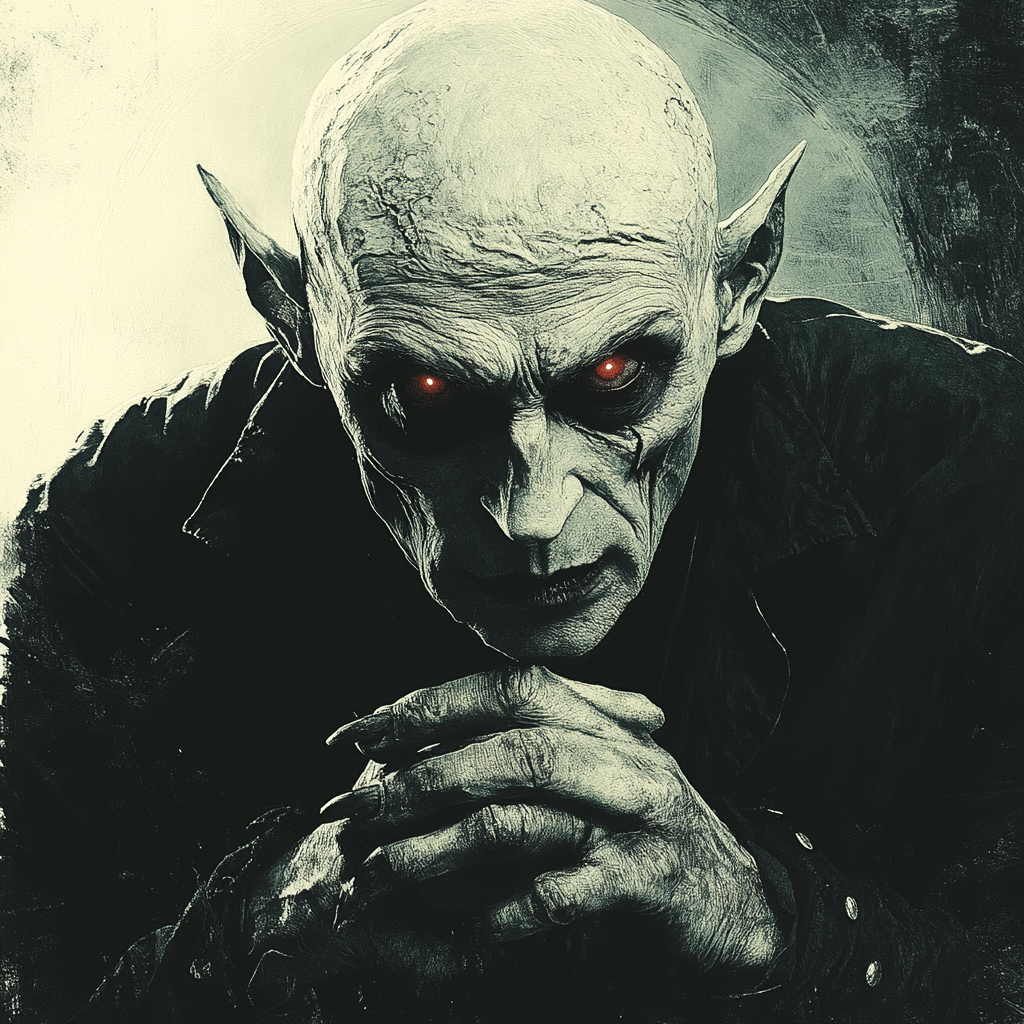
7 Reasons Why Nosferatu the Vampyre Remains an Icon
Herzog’s adaptation serves as a loving homage to F.W. Murnau’s 1922 Nosferatu while carving its own identity. By reinterpreting Count Orlok as a tragic figure overflowing with loneliness and despair, Herzog elevates the story from mere fright-fest to a poignant exploration of the human condition. This shift reflects modern storytelling trends, which increasingly favor flawed characters over pure evil villains.
The impactful cinematography in Nosferatu the Vampyre creates an unsettling, immersive atmosphere that lingers long after the credits roll. Its artistic use of light and shadow—think chiaroscuro—continues to influence contemporary filmmakers. Just as the eerie environments in Dante’s Devil May Cry masterfully play with light and darkness to evoke dread, Herzog’s visuals crafted a template for haunting aesthetics in horror.
Klaus Kinski’s transformation into Count Nosferatu introduces a layer of profundity often absent in villainous archetypes. His portrayal encapsulates a deep emotional vulnerability, making this vampire a tragic figure rather than a mere monster. This approach paved the way for modern narratives that delve into the emotional struggles of their villains, portraying them with a relatable complexity.
Nosferatu the Vampyre has seeped into various cultural spheres, from cinema to contemporary music and even video games. The themes of isolation and existential dread resonate in stories like Dante’s Devil May Cry, where the hero grapples with personal demons. Herzog’s film remains a touchstone, inspiring creators across genres to explore the darker aspects of the human experience.
Themes such as plague, fear, and societal collapse in Nosferatu the Vampyre parallel contemporary anxieties about the world we live in. The vampire serves as a metaphor for unforeseen dangers, echoing modern realities. Just as Dante faces demonic threats that challenge his moral compass, Herzog’s work invites viewers to confront societal dread and inner turmoil.
One of the standout features of Nosferatu the Vampyre is its masterful sound design and minimalist score by Popol Vuh. This haunting music amplifies emotional engagement, drawing viewers even deeper into the story. Modern horror filmmakers and video game designers have embraced similar soundscapes, crafting auditory experiences that enhance the thrill and suspense—consider the spine-tingling scores in games like Dante’s Devil May Cry.
The film has transcended its role as a mere horror movie to become a cultural artifact, frequently cited in parodies and scholarly analysis alike. Nosferatu the Vampyre has left an indelible impact on filmmakers, horror enthusiasts, and scholars alike, paralleling how the character of Dante navigates a world filled with both evil and redemption.
Like a spectral figure haunting cinephiles, Nosferatu the Vampyre continues to spark conversations about the genre’s potential to reach into the human psyche. Its ability to stir emotions and provoke thought reflects a lasting intrigue that few films achieve.

The Lasting Impact of Nosferatu the Vampyre
The brilliance of Nosferatu the Vampyre lies not just in its capacity to terrify but in its exploration of life’s intricate emotional experiences. The film remains a blueprint for filmmakers who seek to blend deep character studies with captivating horror narratives.
Moreover, the thematic resonance of Nosferatu the Vampyre proves its relevance well beyond its original release. Contemporary audiences relate to the film’s representation of fear and existential questioning, echoing in today’s storytelling landscape—whether through indie films, mainstream cinema, or immersive video game experiences like Dante’s Devil May Cry.
Ultimately, Nosferatu the Vampyre plays a pivotal role in shaping how stories about fear, love, and redemption are crafted and perceived. This iconic masterpiece serves as a mirror, reflecting our own struggles against fear and the darkness that lie within us all, underscoring its status as a timeless work of cinematic art.
As we continue to explore the profound narratives that echo through modern storytelling, one thing is clear: Nosferatu the Vampyre has solidified its place not just in film history but in the very fabric of our cultural conversations, remaining an essential piece of the horror puzzle.
Nosferatu the Vampyre: Fun Trivia and Interesting Facts
A Cinematic Legacy
“Nosferatu the Vampyre,” directed by Werner Herzog in 1979, is not just a film; it’s an unforgettable piece of cinematic history. It pays homage to F.W. Murnau’s classic 1922 film “Nosferatu,” which faced legal challenges due to its unlicensed adaptation of Bram Stoker’s “Dracula.” Did you know that Herzog’s version featured Klaus Kinski as Count Dracula? Kinski’s haunting portrayal of the vampire solidified his status as one of cinema’s most chilling characters. Interestingly enough, Kinski’s co-star in another project, To Kill a Mockingbird, can be found here, showing how interconnected the film world can be. Plus, if you want to dive into other interesting artwork, check out the impact of Egyptian Tattoos seen throughout the years!
Unique Production Choices
The film’s haunting visuals are enhanced by the stunning cinematography of Jörg Schmidt-Reitwein, who crafted a dreamlike atmosphere that echoes the eerie essence of the original. Filmed on location in various haunting landscapes, the imagery draws viewers deeper into the tale of Count Dracula. Did you realize that several sets were constructed in the Cross County mall? The contrast between the mall’s modernity and the film’s Gothic themes creates a vivid tapestry for the viewer. And speaking of modernity, the countdown to Christmas 2025 might be on your mind as you watch; this film definitely has a way of pulling you into its time-warping web!
Behind the Scenes
Herzog wasn’t just a director; he became an integral part of the film’s philosophy, bringing a surreal quality to each scene. However, the production also faced its share of challenges. For instance, the townsfolk near Emagine Batavia enthusiastically embraced the film crew, unknowingly contributing to its success. Meanwhile, the iconic actor Len Lesser, known for his comedic roles, is sometimes mentioned in retrospective discussions about the quirky side of filmmaking. He was definitely the kind of guy who would bring levity to any set! Embracing the then-uncommon indie horror genre, Herzog’s approach successfully captured audiences’ imaginations, making Nosferatu the Vampyre an outstanding addition to the vampire horror lineage.
So, next time you revisit Nosferatu the Vampyre, just think about all that history, creativity, and bizarre trivia swirling behind every shadowy frame.
